What Are Timed Minimalism Sessions?
Exploring how to use timed minimalism sessions to create bold, expressive sketches is a game-changer for artists seeking clarity, energy, and spontaneity in their work. This technique combines two potent creative constraints—time and simplicity—to unlock stronger visual storytelling and a more dynamic drawing language. Whether you’re a beginner sketcher or an experienced illustrator, these sessions sharpen your decision-making and foster a more intentional mark-making style.
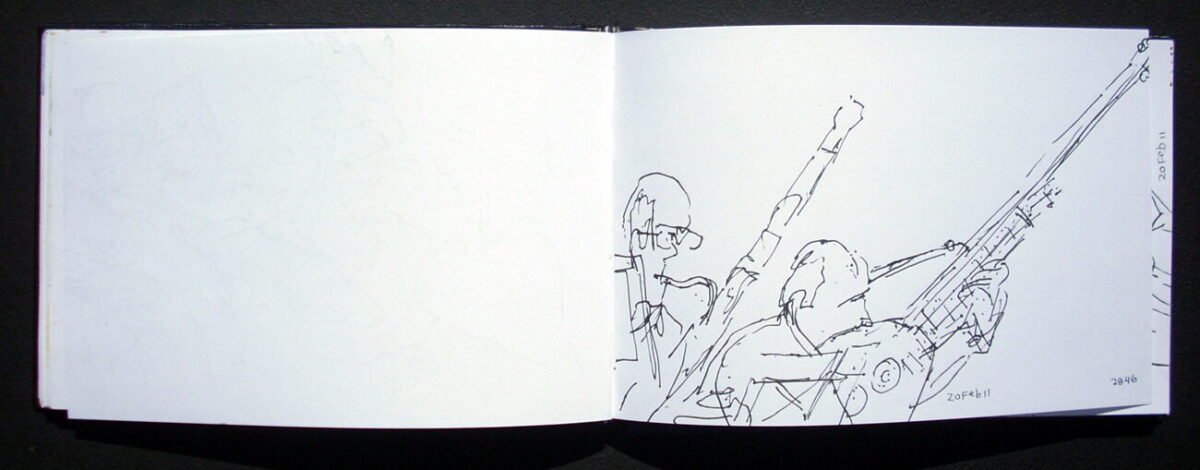
credit: ABZ
In this guide, we’ll unpack what timed minimalism is, how it supercharges creative growth, and how you can implement it in your practice with clarity and confidence.
Timed minimalism sessions are structured drawing exercises where you complete a sketch within a set amount of time using as few lines, shapes, or gestures as possible. The challenge lies in expressing the subject’s essence rather than its details.
This creative limitation pushes you to:
- Focus on form and gesture
- Prioritize visual hierarchy
- Let go of perfectionism
- Build confidence through repetition
- Capture emotional tone over realism
Why Timed Minimalism Boosts Artistic Growth
The magic of this method is how it resets your creative habits. Many artists get bogged down in over-refinement or second-guessing. Timed minimalism disrupts that cycle with immediacy and focus.
Key benefits include:
- Improved visual memory: You learn to internalize form and proportion quickly
- Stronger composition: Simplifying forces you to choose what matters most
- Enhanced line economy: Every stroke gains purpose and weight
- Creative flow: The timer replaces hesitation with momentum
It’s a method that sharpens your instincts and deepens your expressive confidence over time.
Sketchbooks.org | VISUAL RESEARCH HUB
Timed Minimalism Sketch Examples
Visual research is critical for any creative endeavor. We have compiled specialized links to lead you directly to images, videos, and inspiration for "Timed Minimalism Sketch Examples" across the web's best visual search platforms.
How to Set Up a Timed Minimalism Sketch Session
Starting is simple. All you need is:
- Paper or sketchbook: loose paper works for lower pressure
- Drawing tool: pencil, ink, brush pen, charcoal—choose one to keep it minimalist
- Subject or prompt: live objects, figure poses, photos, abstract concepts
- Timer: use your phone or a visual countdown clock
Choose Your Session Format
Here are a few setups that work well:
- 1-minute gesture drawings with only 5–7 lines
- 3-minute object sketches using only basic geometric forms
- 5-minute compositional thumbnails built with large shapes and one focal point
- 10 one-minute portraits using only contour lines
The point is to limit and commit—stick to the time and let clarity emerge through repetition.
Techniques to Elevate Minimalist Sketches
Use Line Weight Intentionally
Thicker or darker lines guide the viewer’s focus. Use heavier lines for focal features and lighter for subtle structure.
Emphasize Negative Space
Let the background breathe—spaces between marks are just as powerful as the marks themselves.
Simplify with Geometry
See your subject in terms of circles, rectangles, and curves. This visual shorthand accelerates your drawing decisions.
Focus on the Gesture
Especially with human or animal subjects, prioritize posture or movement before detail. The flow of action is more impactful than technical accuracy.
Let Imperfection Lead
Allow overlaps, uneven strokes, and incomplete forms to speak. These “flaws” often convey the most character and energy
Ideas for Subjects to Explore
- Everyday objects (scissors, cups, tools)
- Natural forms (leaves, shells, feathers)
- Animals in motion
- Portraits from unusual angles
- Architectural silhouettes
- Abstract compositions based on mood
The content matters less than the response. Timed minimalism invites spontaneity over realism—so lean into what sparks visual curiosity.
Integrating Timed Minimalism into a Sketchbook Practice
Treat these sessions like warm-ups or visual journaling. Some strategies include:
- Devote the first 10 minutes of your studio time to 1-minute sketches
- Set weekly challenges (e.g., 50 faces in 5 days with only 3 lines each)
- Use a single spread per session—date and label it for reference
- Reflect afterward—highlight which marks or compositions excited you the most
This turns your sketchbook into a personal archive of growth, exploration, and evolving style.
Digital vs. Traditional Mediums
While this method works beautifully with ink and paper, you can also explore it digitally. Use digital brushes that mimic ink or dry media, and limit yourself to:
- One brush preset
- No undo/redo for contour sketches
- Fixed time per canvas
- Greyscale or line-only explorations

Sketchbooks.org | SKETCHBOOK KINDS
The Importance of Sketchbooks to Engineers
Why Engineers Need Sketchbooks In the world of engineering, precision and problem-solving are key components of an engineers success. While modern digital tools play a crucial role, the humble sketchbook remains an indispensable tool for...
Frequently Asked Questions
How long should timed minimalist sketches take?
Between 1 and 5 minutes is ideal for building clarity and speed without burnout.
Is this exercise only for abstract or stylized art?
Not at all—it sharpens skills for both realism and abstraction by training focus.
What if I’m not happy with the results?
That’s part of the process—embracing imperfection is where growth happens.
Should I count lines or just estimate simplicity?
You can do either—limiting lines adds structure, while flowing freely fosters intuition.
Can I use color in timed minimalism?
Yes, but limit your palette to one or two tones to maintain focus and simplicity.
Does this help with creative block?
Definitely—it removes pressure and activates momentum through low-stakes repetition.
How often should I do these sessions?
Even 10 minutes, three times a week, can make a big impact on your confidence and clarity.
Final Thoughts
Exploring how to use timed minimalism sessions to create bold, expressive sketches is about more than just productivity—it’s about freeing your hand and mind to say more with less. It’s a practice of decision, emotion, and gesture, distilled into fast-moving visual rhythms.
These short bursts of intentional mark-making refine your voice and teach you to trust it. Don’t aim to impress. Aim to explore. With each session, you build not just sketches, but a mindset of clarity, movement, and honest expression. Let the timer start—and let your lines speak boldly.
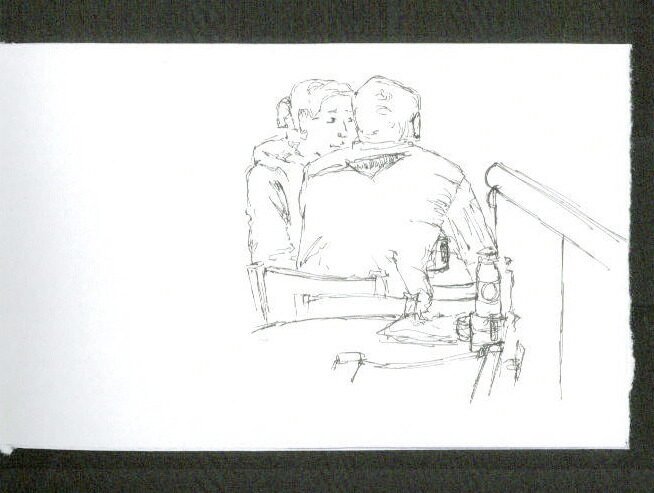
credit: THISS
Ready to Share Your Work?
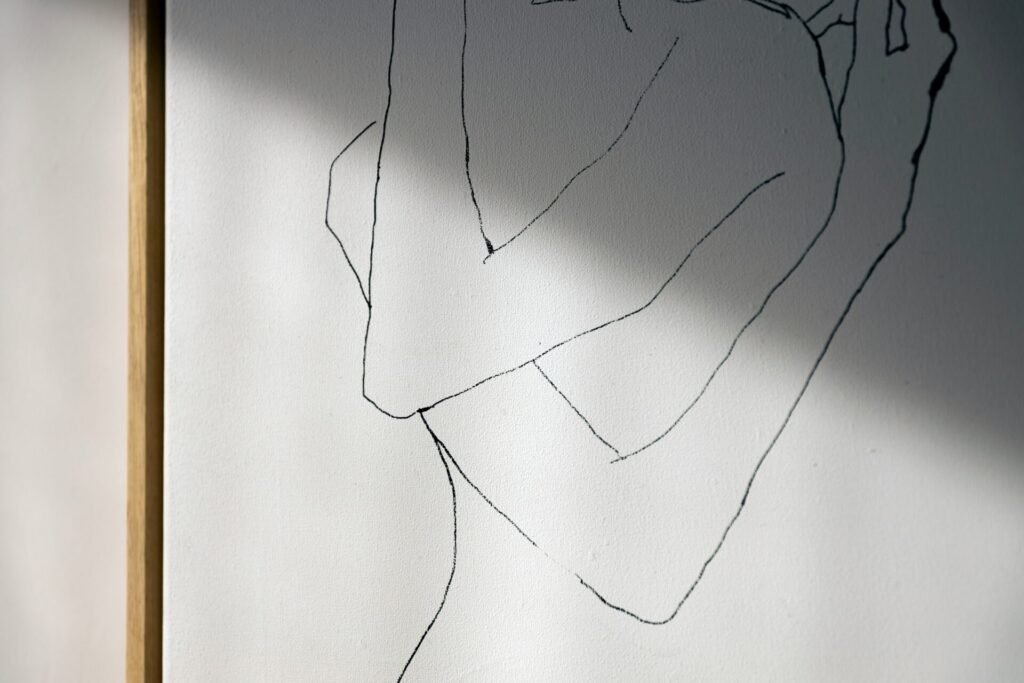

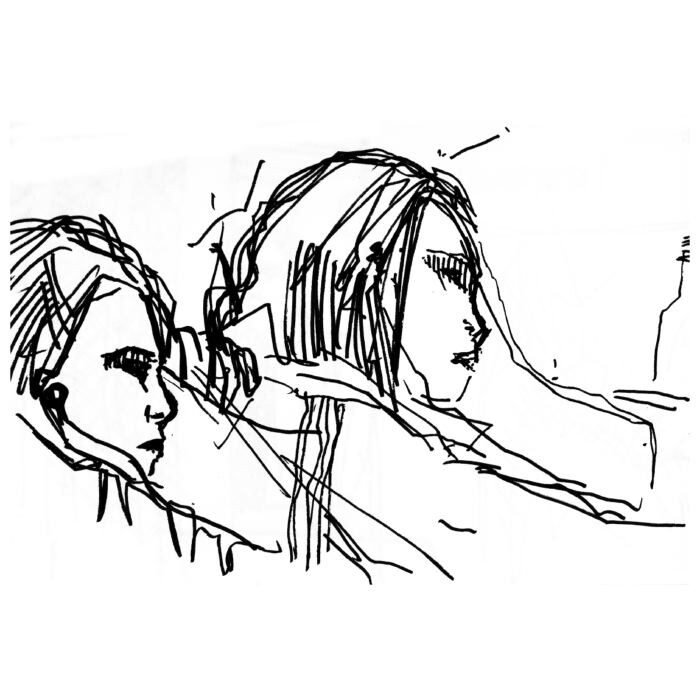
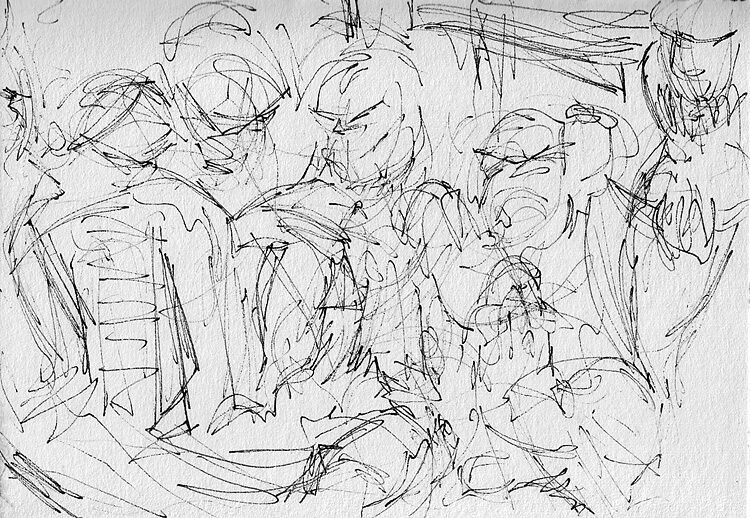
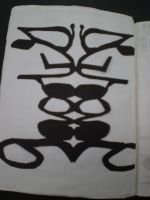
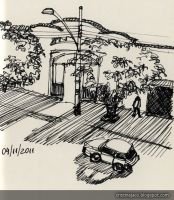
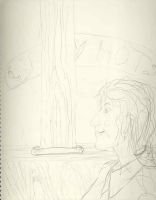
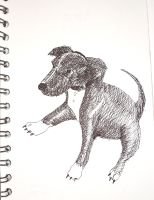
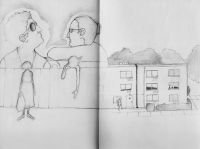
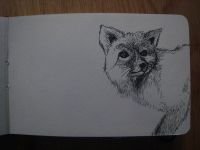


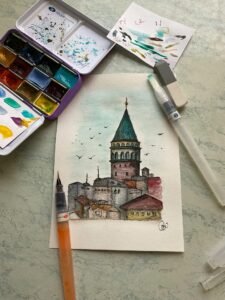
kick perfectionism in the teeth—in the best way
fast and simple get it done move one to the next one